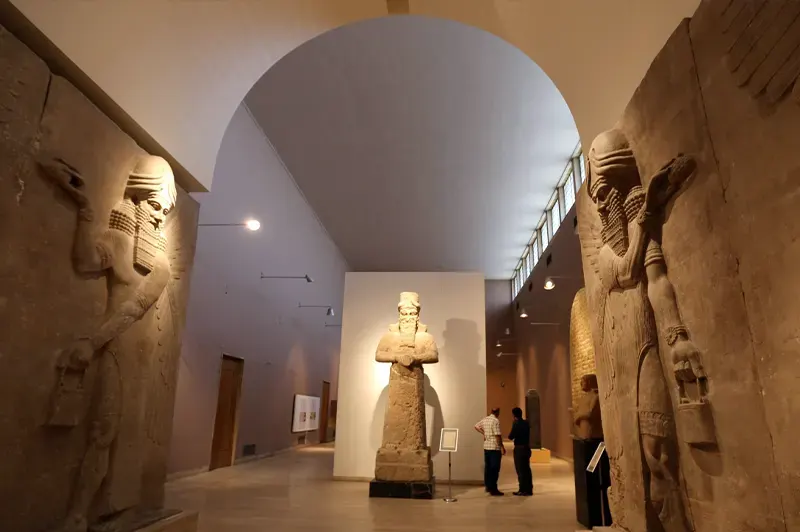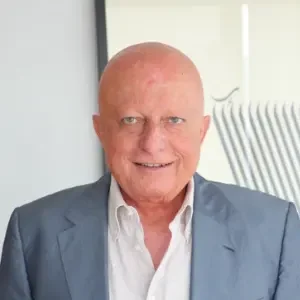“I hope things go back to how they were when this country was much better”. words that elders in Lebanon keep repeating. Until recently, this seemed impossible
Last September “Nabu” museum launched an exhibition titled “Beirut 1840-1918: Photographs and Maps”. The exhibition encapsulates the historical phases that the Lebanese capital went through, this includes the ugly transformations that the civil war brought about.
The architectural history of Beirut was brought to life through 300 rare photographs, paintings, and maps mostly extracted from “The Navy” book (1525), a collection of Ottoman manuscripts drawn by the traveler Piri Reis, which depicts the lines and details of the ancient Syrian coast. In addition to a map from 1863 which shows the old plan of the port area, and another one from 1908 showing details of the transfer of the Beirut Water Company.
Badr Al-Hajj, one of the organizers of the exhibition and a co-founder of Nabu Museum, pointed out that the exhibition presents the details of life in Lebanon throughout the ages. The photographs highlight what distinguished Beirut as a natural and urban ecosystem and its inhabitants’ relationship with nature. This symbiotic relationship is reflected in the names of many neighborhoods in Beirut, such as Al-gemmayze Alleys, Al-zaytouna, Al-tini, and Al-snawbra.
The exhibition included panoramic pictures showing the farmland, neighborhoods, alleys, modest homes, and hotels. to palaces, consular centers, homes of notables and the Grand Serail. More pictures depict schools and hospitals as well as the quarantine complex, which lends its name, “Al-Karantina” to a neighborhood close to Beirut’s Sea port. The exhibition also documents, quite extensively, how Beirut was a hub of trade and commerce, through a series of photographs of ships, boats, and the port of Beirut. Photographs and artwork depicts long lost land marks. Notably, watercolor paintings by artist Benjamin Marie, where Al-Shalfoun tower disappeared and was replaced by a monastery for Azariya nuns, till the latter disappeared when the landmark Azariya building took its place in 1955.
In addition to documenting the fascinating mix of urban life and nature, the exhibition showcased the political movements and events that shaped Beirut, including a tragic civil war and foreign occupying powers
The head of the Beirut Heritage organization, Suhail Mneimneh, confirmed in an interview with “Sputnik” this exhibition was nine years in the making primarily through the efforts of historian Badr Al-Hajj, who acquired collections of photographs of ancient Beirut from international museums. Mneimneh emphasized went on to emphasize that this exhibition is a great achievement as it indicates that the culture in Lebanon is still alive and well, despite the terrible times the country is experiencing.
Jawad Adra a co-founder of Nabu Museum stated, during the opening of the exhibition, “We, at Nabu, believe that differences in opinion encourage creativity and that without art and culture there will be neither a viable economy nor proper direction for Lebanon”, pointing out that, “The destruction we see at all levels is the result of ignorance, selfishness, and greed. Culture has a solution for that.”
The exhibition, which was first held at the Nabu Museum in Al-Heri, in the north of Lebanon, was again showcased at “Beit Beirut” in Sodeco, Beirut. Talks are underway to showcase “Beirut 1840-1918: Photographs and Maps” in other locations across Lebanon, as was confirmed by Umayyah Dergham, a researcher in cultural affairs at Nabu Museum, in an interview with “Nidaa Al Watan” newspaper.



